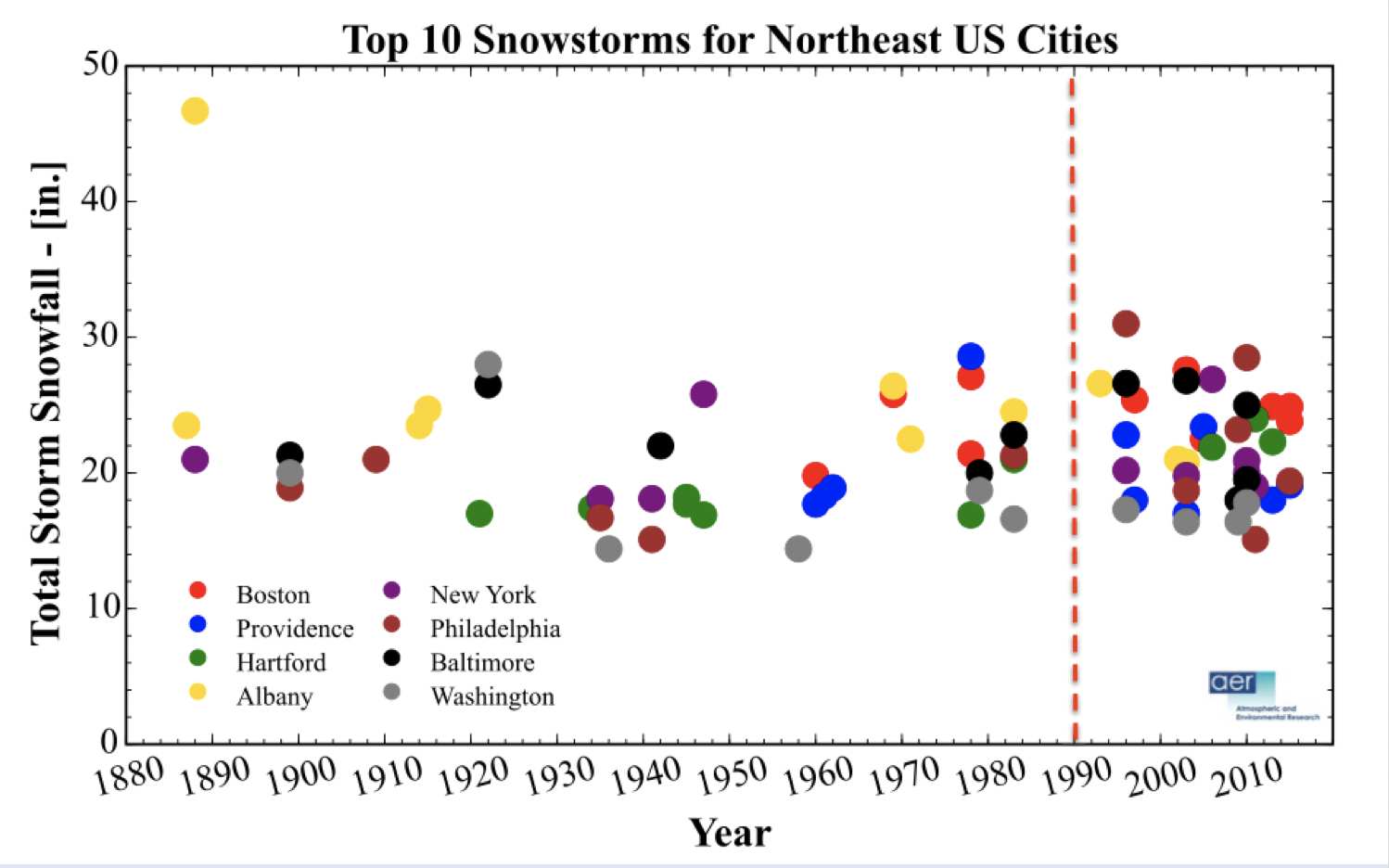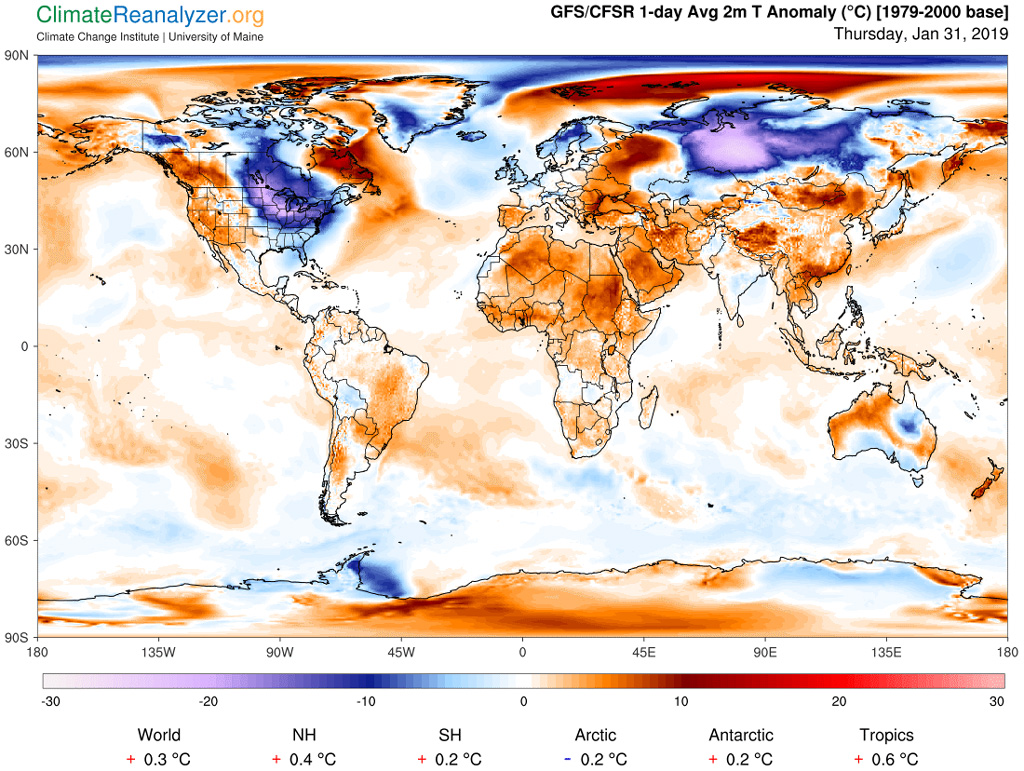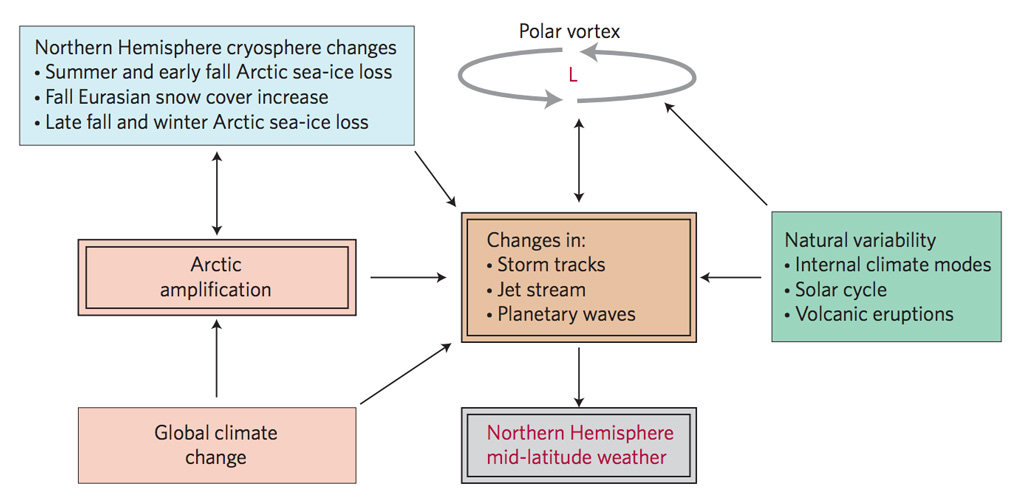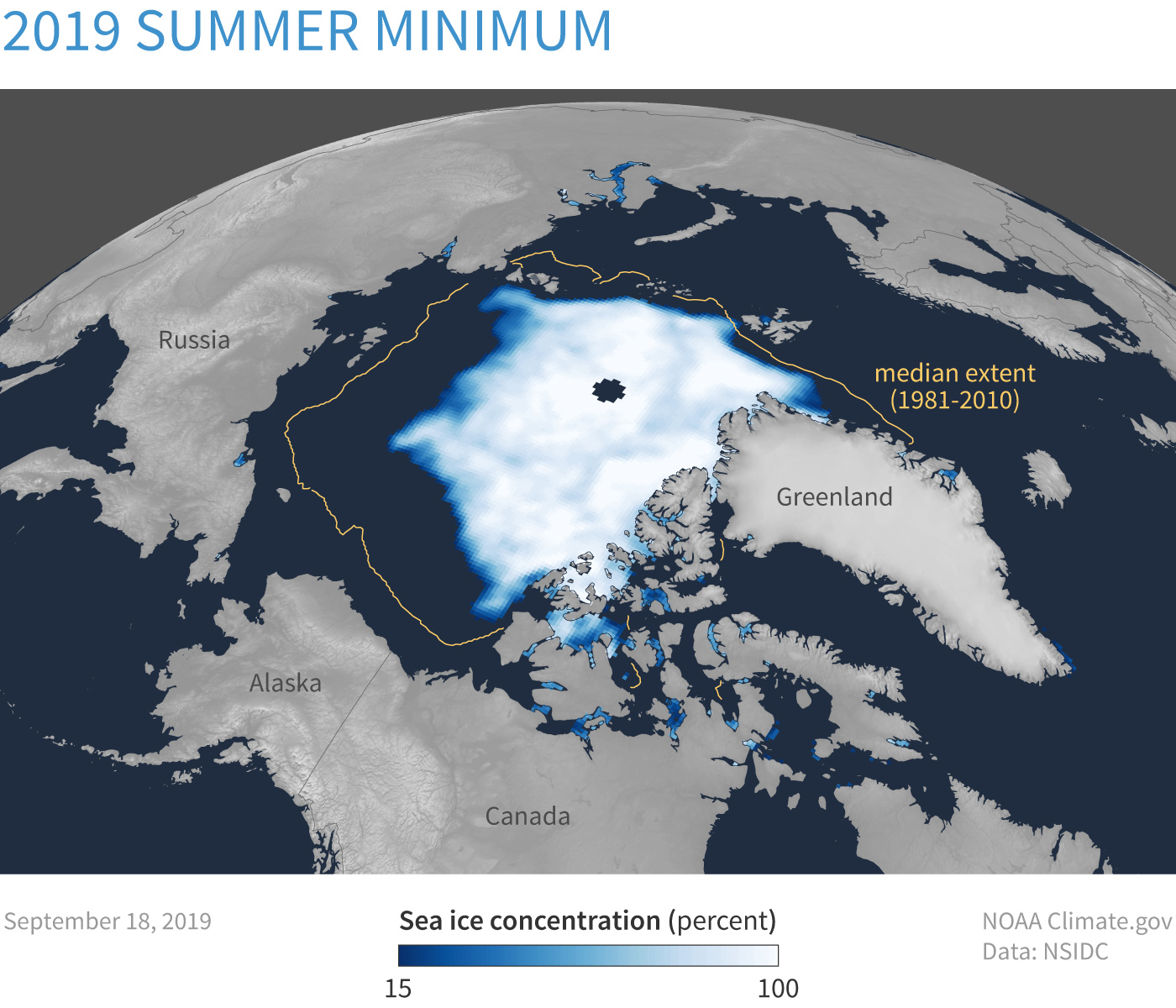Arctic-Midlatitude Linkage¶
Arctic-Midlatitude Linkage has been hotly discussed and debated in the past years. Here’s an an article on “CarbonBrief”.
Brief History of Arctic Mid-latitude Linkage Study¶
1914: Swedish meteorologist Hugo Hildebrand Hildebrandsson
1924: Russian oceanographer Wlaimir Juljewitsch Wiese
1973: R. L. Newson published a Nature paper, which used GCM to study Arctic sea-ice impacts on the atmosphere.
2010: J. A. Screen published a Nature paper, which showed that Arctic sea ice plays a central role in Arctic Amplification.
2012: J. A. Francis and S. T. Vavrus published a GRL paper, which linked Arctic warming to extreme events in midlatitudes.
2013: Elizabeth A. Barnes’s GRL paper (argued the Arctic-midlatitude linkage).
2014: J. M. Wallace’s Science paper.
2014: J. Cohen’s review paper on Nature Geoscience (stratosphere).
2020: J. Cohen’s review paper on Nature Climate Change (divergent consensus)
Arctic Sea Ice Loss and Increasing extreme events in Northern Hemisphere¶

Fig. 10 Snowstorms in U.S. cities. Source: AER.¶
Warm Arctic-Cold Eurasia (WACE) pattern¶

Fig. 11 Map of global temperatures for 31 January 2019, shown as anomalies from a 1979-2000 baseline. Source: Climate Change Institute, University of Maine.¶
Arctic Warming and Mid-latitude Rossby Waves¶
Francis and Vavrus (2012) GRL paper was among the first to propose that Arctic warming could affect mid-latitude extreme via altering large-scale atmospheric waves. However, the comtemporary studies showed weak, or opposite results.
Proposed Mechanisms¶
Waiver jet stream
north-south temperature gradient + Rossby wave (Francis & Vavrus 2012).
storm tracks + NAO/AO (Cohen & Barow 2005; Deser et al. 2007; Honda et al. 2009).
warm Arctic-cold continents (WACC) pattern (Cohen et al. 2014).
Polar vorrtex
SSW breakdown (Kim et al. 2014; Kretchmer et al. 2018).
Wave resonance
in summer season only (Petoukhov et al. 2013)
the theory of quasi-resonant amplification (QRA, Coumou et al. 2014; Mann et al. 2017)

Fig. 12 Schematic of influences on northern hemisphere mid-latitude weather. Source: Cohen et al. (2014)¶
Observational and GCM Inconsistency¶
Jet stream
NAO
Arctic Amplification and Severe Weather Events
Sources of Disagreement in Model Experiments
Large internal atmospheric variability -> low signal-to-noise ratio
Causality
